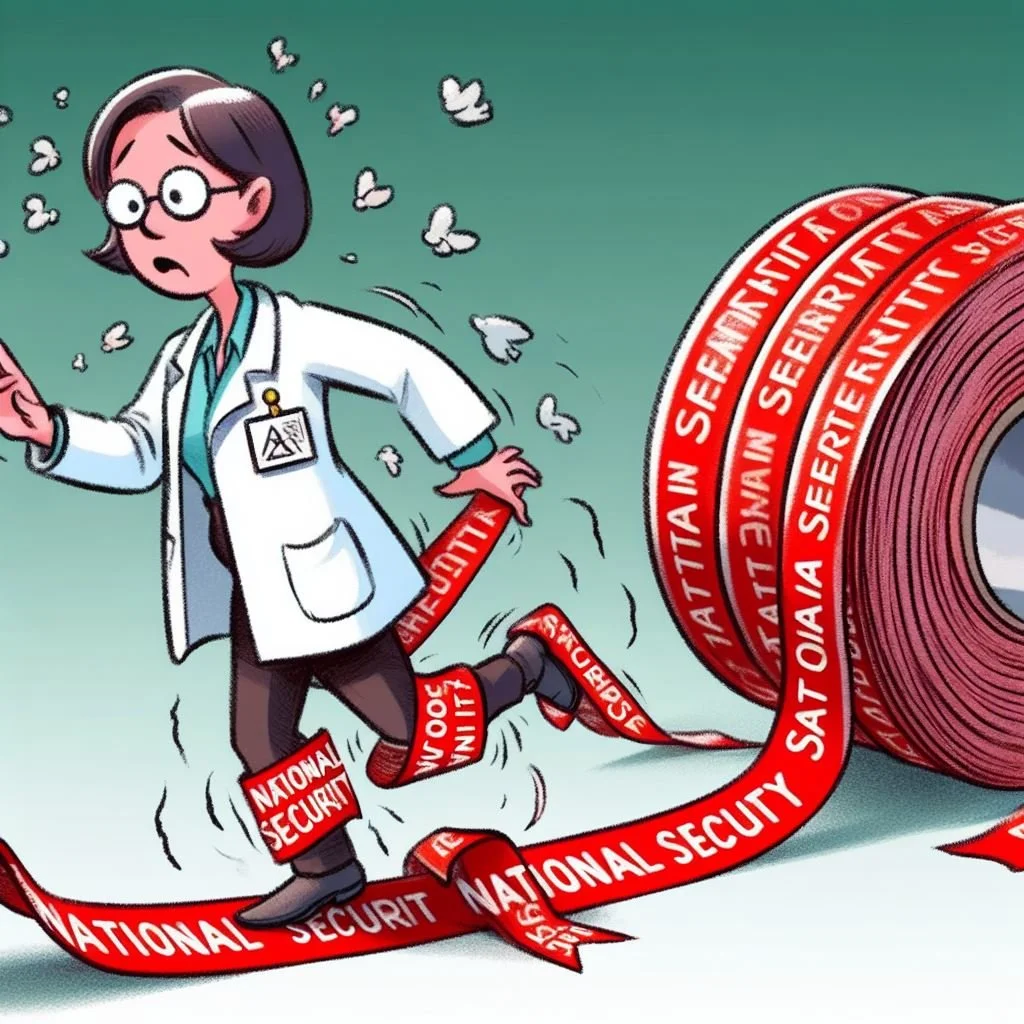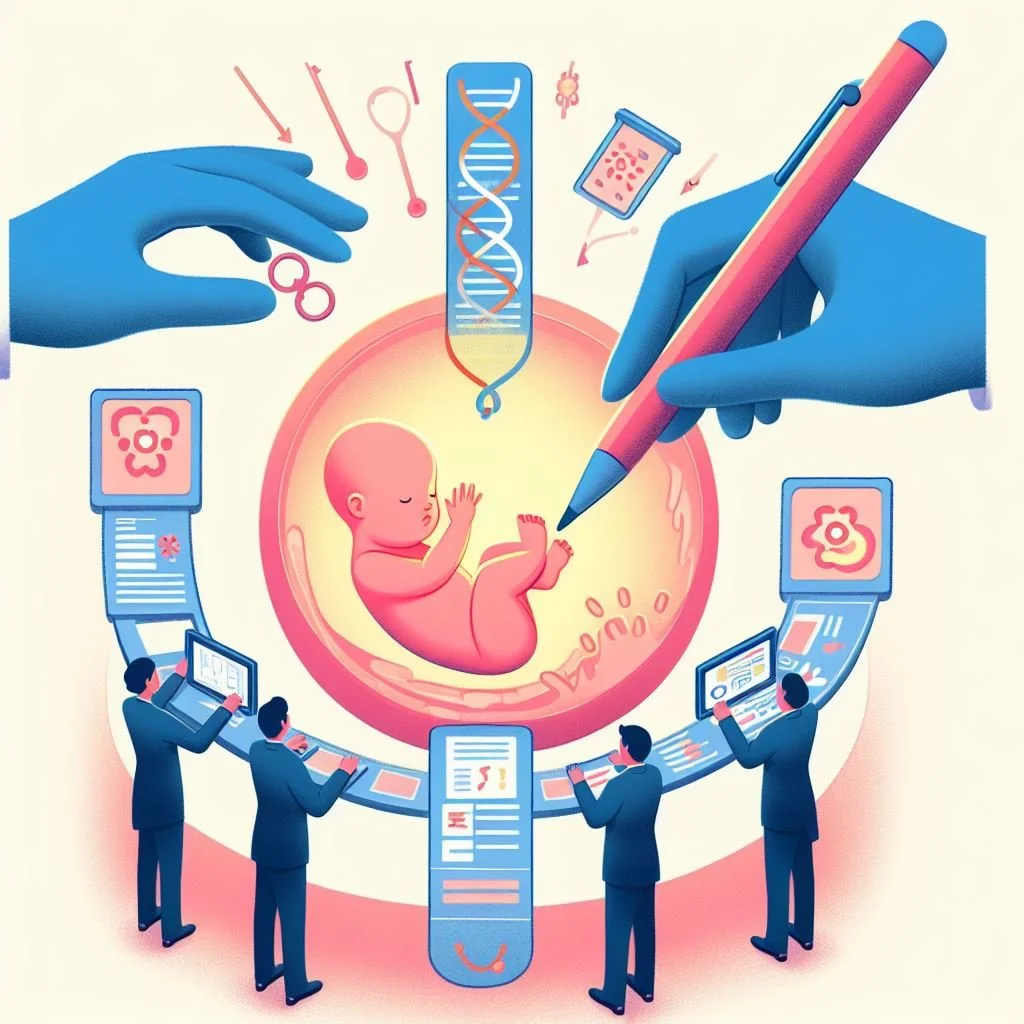ARPA-H and Overcoming Biomedical Research Challenges
Modelling itself after defense-focused DARPA, the recently formed (March 15, 2022) ARPA-H is taking a “network approach” to accelerating innovation, collaboration, and communication in biomedical research. This is how ARPA-H describes itself:
The Advanced Research Projects Agency for Health (ARPA-H) is a research funding agency that supports transformative biomedical and health breakthroughs – ranging from the molecular to the societal – to provide health solutions for all.
ARPANET-H is a nationwide health innovation network that connects people, innovators, and institutions. This network is anchored by three regional hubs — one focused on designing for the American people and their caregivers, another on catalyzing markets and industry to ensure solutions thrive after government funding, and a third hub in the National Capital Region and focused on coordinating with federal partners and managing ARPA-H’s programs. The Customer Experience hub - based in Dallas, TX – and the Investor Catalyst hub – based in the greater Boston area, MA – are each supported by a consortium with a nationwide network of spokes to bring together the nation’s voices, resources, and needs. Together, the hubs and spokes will rapidly create and transition lifechanging health solutions to improve the lives of all Americans.
While one laudable ARPA-H goal is to accelerate the performance of high risk and high payoff biomedical research, it may run into challenges and roadblocks along the way. Some professional and industry feathers could be ruffled by ARPA-H’s attempts to streamline or accelerate how biomedical innovations are selected, funded, researched, tested, or make their way to the market.
That's where management of the innovation network’s “hubs” comes in. If researchers, investors, pharmaceutical companies, regulators, and healthcare professionals are already communicating and know in advance what's coming, will they be less likely to delay or oppose changes to traditional research methods? Could ARPA-H programs be viewed as just another Federal bureaucracy or funding program?
One possible challenge could be if ARPA-H programs are seen as “competing” for resources with "traditional" R&D mechanisms and communities. Still, the success of ARPA-H efforts will be driven by the potentially high risk or even "moonshot" nature of the research projects it decides to promote and fund, projects that are fundamentally different from what existing NIH programs are designed to support.
Some traditional or risk-averse resources may decide to avoid ARPA-H’s high risk or boundary-busting efforts. They might even push back against what they view as ARPA-H’s attempts to streamline traditional approaches to peer review, R&D project selection, procurement, or testing.
Much will depend on how ARPA-H adapts defense-oriented DARPA approaches to biomedical research; the two research areas have some significant differences according to a research policy report published in SCIENCE in June of 2021:
Biomedical research is different from DARPA’s single-customer (DoD) model: By contrast, health breakthroughs (i) interact with biological systems that are much more complex and more poorly understood than engineered systems, requiring close coupling to a vast body of biomedical knowledge and experience; (ii) interact with a complex world of many customers and users—including patients, hospitals, physicians, biopharma companies, and payers; (iii) interact in complex ways with human behavior and social factors; and (iv) require navigating a complex regulatory landscape. ARPA-H can learn from DARPA but will need to pioneer new approaches.
Personally, I think that such concerns might be overblown despite the significantly different structures of military and biomedical R&D governance. ARPA-H will not just be focusing on basic research but will necessarily be taking a comprehensive view of how all the moving parts interact in complex and lengthy biomedical research lifecycles—including how patients respond to new treatments and techniques.
A more significant concern, I suspect, will be dealing with uncertain Federal appropriation levels and the likelihood that—not unexpectadly— not all ARPA-H driven R&D efforts will pan out.
Copyright © 2023 by Dennis D. McDonald. The image at the top was created by the Bing search engine based on the following prompt: “Create a text-free graphic image illustrating the complex process by which basic medical research leads to health improvements despite delays introduced by all the people and insitutions that need to cooperate to bring new health products to market.”
































